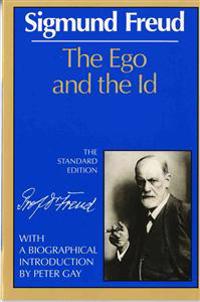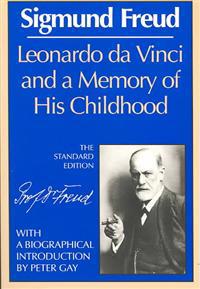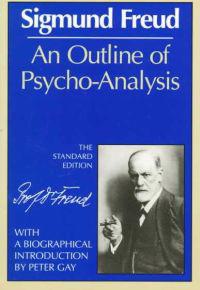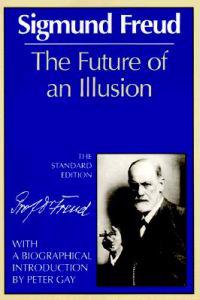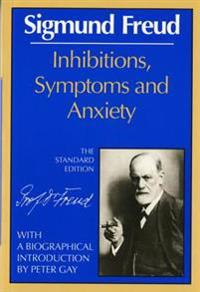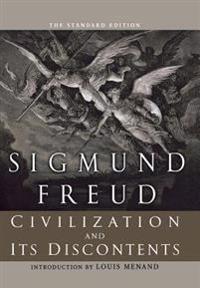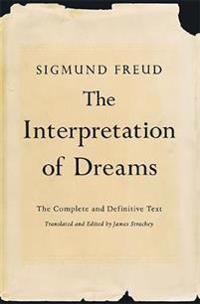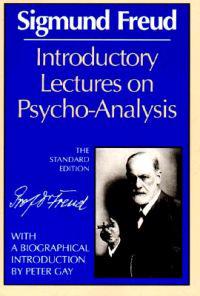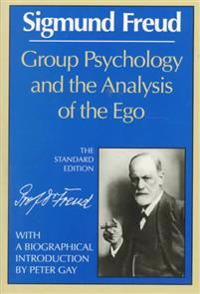The Ego and the Id (Pocket)
avSigmund Freud, James Strachey, Peter Gay
ISBN: 9780393001426 - UTGIVEN: 196204Presents Freud's psychoanalytical treatise on the divisions of the mind and their interrelations
Leonardo Da Vinci and a Memory of His Childhood (Häftad)
avSigmund Freud, James Strachey
ISBN: 9780393001495 - UTGIVEN: 199001.
An Outline of Psycho-Analysis (Pocket)
avSigmund Freud, James Strachey, Peter Gay
ISBN: 9780393001518 - UTGIVEN: 198910Freud approved the overall editorial plan, specific renderings of key words and phrases, and the addition of valuable notes, from bibliographical and explanatory. Many of the translations were done by Strachey himself; the rest were prepared under his supervision. The result was to place the Standar[...]
Beyond the Pleasure Principle (Häftad)
avSigmund Freud, James Strachey, Peter Gay
ISBN: 9780393007695 - UTGIVEN: 199004.
The Future of an Illusion (Häftad)
avSigmund Freud, James Strachey, Peter Gay
ISBN: 9780393008319 - UTGIVEN: 198909.
Inhibitions, Symptoms and Anxiety (Pocket)
avSigmund Freud, Peter Gay, James Strachey
ISBN: 9780393008746 - UTGIVEN: 197711On three or four occasions in his career as a psychoanalytic theoretician, Freud changed his mind on fundamental issues. Setting forth in rich detail Freud's new theory of anxiety, Inhibitions, Symptoms and Anxiety (1926) is evidence for one of them. In rethinking his earlier work on the subject, Fr[...]
Civilization And Its Discontents (Inbunden)
avSigmund Freud, James Strachey, Peter Gay
ISBN: 9780393059953 - UTGIVEN: 200501Civilization and Its Discontents may be Sigmund Freud's best-known work. Originally published in 1930, it seeks to answer ultimate questions: What influences led to the creation of civilization? How did it come to be? What determines its course? In this seminal volume of twentieth-century thought, F[...]
The Interpretation of Dreams (Häftad)
avSigmund Freud, James Strachey
ISBN: 9780465019779 - UTGIVEN: 201002What are the most common dreams and why do we have them? What does a dream about death mean? What do dreams of swimming, failing, or flying symbolize? First published by Sigmund Freud in 1899, The Interpretation of Dreams considers why we dream and what it means in the larger picture of our psycholo[...]
Introductory Lectures on Psycho-Analysis (Häftad)
avSigmund Freud, James Strachey, Peter Gay
ISBN: 9780871401182 - UTGIVEN: 1989-09In reasoned progression he outlined core psychoanalytic concepts, such as repression, free association and libido. Of the various English translations of Freud's major works to appear in his lifetime, only one was authorized by Freud himself: The Standard Edition of the Complete Psychological Works [...]
Group psychology and the analysis of the ego (Pocket)
avSigmund Freud, Peter (INT) Gay, James (EDT) Strachey
ISBN: 9780393007701 - UTGIVEN: 1975-02The question he addresses here is, What are the emotional bonds that hold collective entities, such as an army and a church, together? It is a fruitful question, and Freud offers some interesting answers. But Group Psychology and the Analysis of the Ego stands chiefly as an invitation to further psy[...]

